“Gardening becomes increasingly difficult as we age, yet the garden beckons as strongly as ever,” notes Butte County Master Gardener Kay Perkins. Our bodies become less limber and agile, and more prone to injury, which makes tasks such as pulling weeds, pushing wheel-barrows, digging holes, pruning, hauling, and moving heavy objects ever more challenging with advancing years.
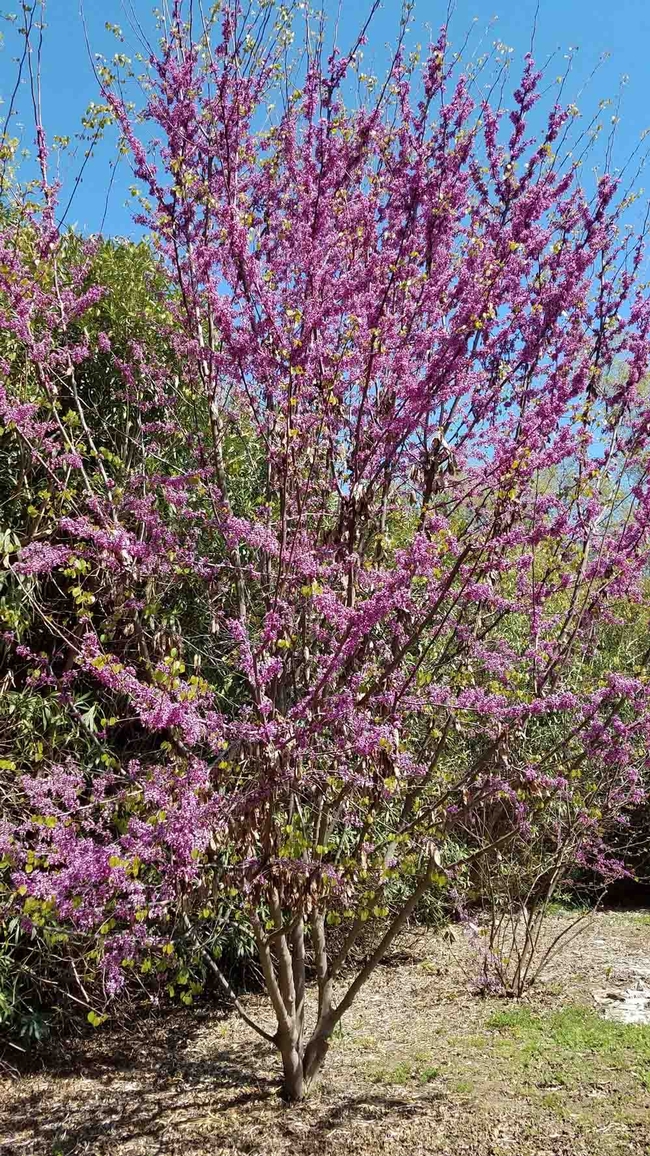
Many of the workshop topics are developed from the content of Sydney Eddison's Gardening for a Lifetime: How to Garden Wiser as You Grow Older (Timber Press, 2013). Eddison is the author of six previous books on gardening, and was awarded the National Garden Clubs, Inc.'s Award of Excellence in 2010.
For over 50 years, Eddison (who was born in 1932) was an aficionado of time-consuming gardening choices: "It took a great deal of effort to make my garden as high-maintenance as it is….That was the point of it all” she writes. Then a bothersome hip replacement put a damper on her garden activities, one of which was "digging great big holes and moving plants around all the time.” Refusing to give up the gardening she loved, she began researching low-maintenance garden techniques. Those discussed at the workshop are explained below. A list of suggested tools and plants can be found at the end of this article.
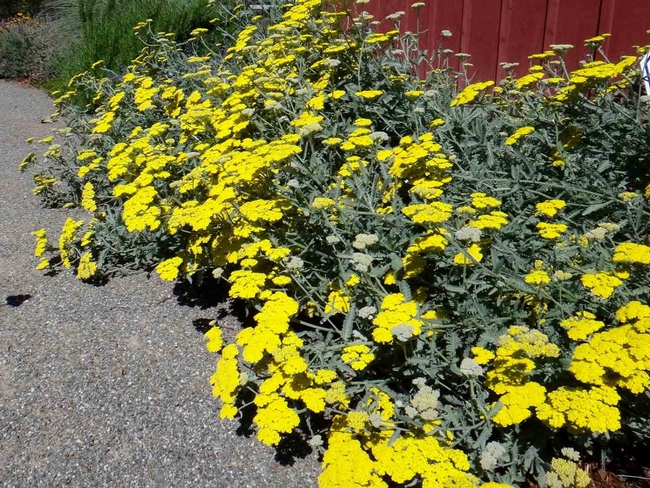
Choose compact or dwarf varieties of popular shrubs (such as buddleia) that need pruning only one or two times a year. Shrubs that produce berries add a splash of bright color to gray winter days, and provide a source of food to overwintering and migrating bird species. Eddison is a fan of conifers because they offer year-round color and variegated foliage texture, and also add structural interest in the form of cones, globes, and mounds. But choose wisely and think carefully before planting shrubs as they are more difficult to move than perennials.
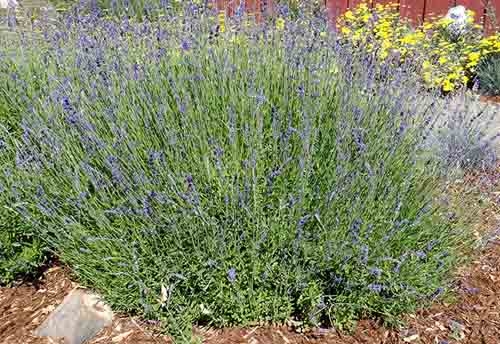
List, list, list: Making lists saves time, reduces aggravation, and increases organization and efficiency. Take the time to develop a Master List and a Daily List. The Master List should contain all garden tasks, large or small, organized by season and species (such as tree, shrub, or perennial), prioritized by importance. Your list may seem daunting and impossibly long at first, but Eddison promises that you will be surprised by how many of these tasks you will be able to accomplish. Nothing beats the satisfaction of crossing a task off the list for that season.
The Daily List is developed from the Master List and should be realistic for the time you can allot to the garden on any given day, and for your abilities. This list should also indicate if the task is essential or aesthetic in nature. These lists can help you keep from getting distracted or pulled in different directions by the garden's demands. If you are lucky enough to have a helper in for the day, a list for your helper will save him or her time.
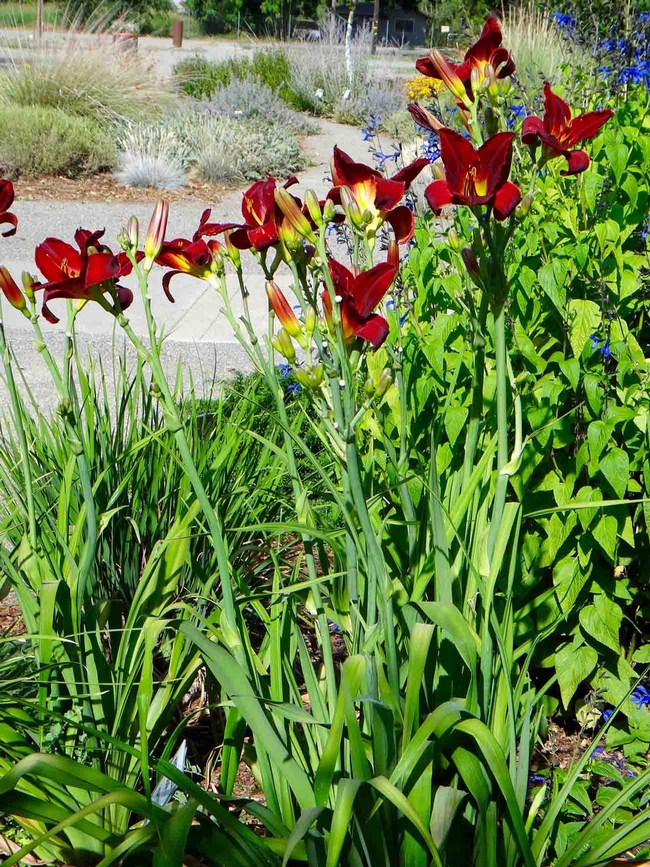
Speaking of Being Realistic: Gardens are only perfect in catalogs and (perhaps) for a short and finite window of time in our own yards. Learn to accept imperfections, and understand that plants are always in a state of “becoming.” Leave some dead leaves under shrubs to serve as mulch that will enrich your soil. Allow grass clippings to remain on the lawn, to sink in and feed the grass. By the way, whatever it is, if it's kept short and green – viola! - it's a lawn.
Realize which plants have grown beyond your ability to manage. Decide whether to 1) continue to invest time and money into them; 2) give them a brutal pruning to see if that revives them; or 3) remove and replace them. The hardest friends to remove are the old landscape trees which have contributed shade and beauty to the garden over many years. If one must go, don't be too quick to replace it – you may find the increased sun allows new landscape opportunities and that you enjoy the newly-opened space.
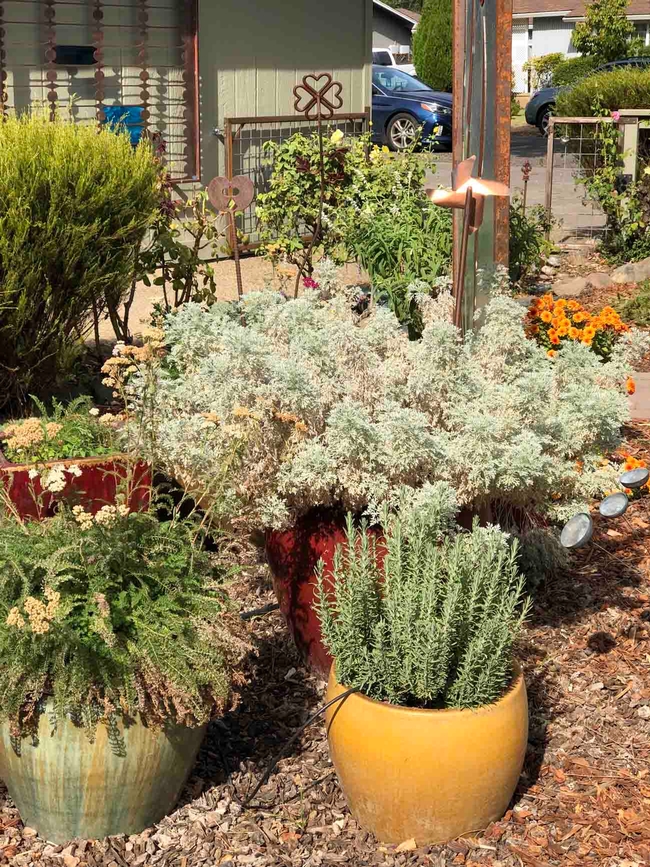
Before you move on to the following lists of ergonomic tools and plants to consider for your garden, ponder Eddison's sage advice for the aging gardener: “Our best hope of a simpler way to garden is to follow nature and learn to go with the flow.”
Ergonomic Tools and Tool Suppliers: Loppers and pruners with soft grips; ratchet loppers and pruners; pole saws with extension handles; lightweight durable ultra-flexible kink-free garden hoses such as those made by Zero-G; digging and weeding tools such as those made by Radius Garden tools; hori hori knives; short- and long-handled weeders; shovels with U-handles; kneeling pads and benches; rolling seats; aprons with deep pockets.
Battery-Operated Tools: Blowers, hedge trimmers, lawn mowers, weed whackers, hand spreaders.
Other Tips: Use lightweight containers or rolling carts for hauling; plant in raised beds; use a pool siphon for cleaning ponds and water features; keep a cell phone or whistle with you when gardening; take frequent breaks to stand and stretch; stay hydrated.
For More Information: www.gardeners.com; www.patriot-products-inc.com; www.radiusgarden.com; www.garden.org/learn/articles
List of Easy-Care Plants for Butte County (compiled by Dana Drennan, UC Master Gardener of Butte County)
Shrubs: Callistemon (bottlebrush); Cercis (redbud); Chaenomeles (flowering quince); Cistus (rock rose); Cotinus (smoke tree or smoke bush); Dodonaea (hop bush); Grevillea; Echium; Lavandula (bush lavender); Osmanthus (sweet olive); Prostanthera (mint bush).
Perennials: Achillea (yarrow); Anigozanthos (Kangaroo Paw); Caryopteris (Bluebeard); Epilobium (California fuchsia); Hemerocallis (day lily); Iris (see below); Origanum (oregano); Nepeta (cat mint); Perovskia (Russian sage); Salvias; Solidago (golden rod); Teucrium (Germander); Westringia (Coast rosemary); grasses such as Bouteloua, Carex, Muhlenbergia, and Stipa.
List of Lower-Maintenance Perennials (compiled by Eddison)
Sedum 'Autumn Joy', Agastache “Blue Fortune”, ornamental grasses, Liriope, Boltonia asteroides “snowbank”, Amsonia, Aster 'Raydon's Favorite', lamb's ears, Siberian iris, and daylilies.
For more information about the Gardening for a Lifetime workshop and all the other workshops in the Master Gardeners' 2023 Fall Workshop Series, visit our website. All workshops are free, but registration is required.
UC Master Gardeners of Butte County are part of the University of California Cooperative Extension (UCCE) system. To learn more about us and our upcoming events, and for help with gardening in our area visit our website. If you have a gardening question or problem, email the Hotline at mgbutte@ucanr.edu or leave a phone message on our Hotline at 530-552-5812. To speak to a Master Gardener about a gardening issue, or to drop by the MG office during Hotline hours, see the most current information on our Ask Us section of our website.